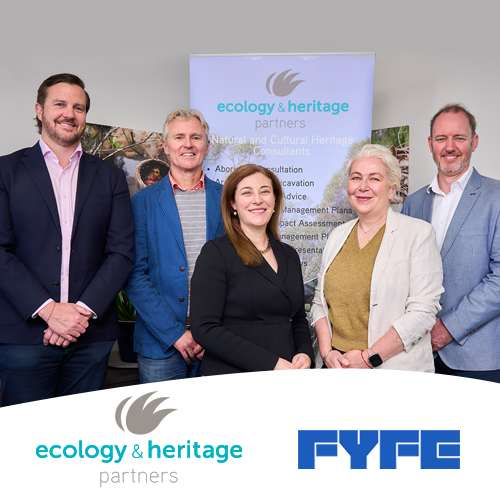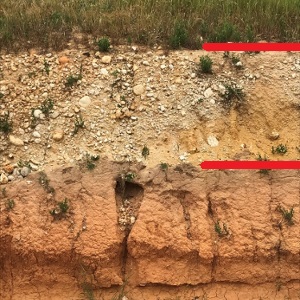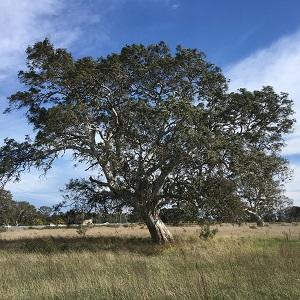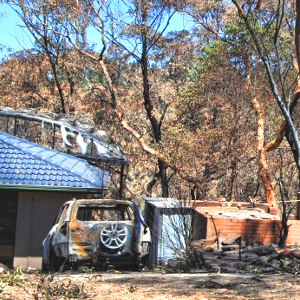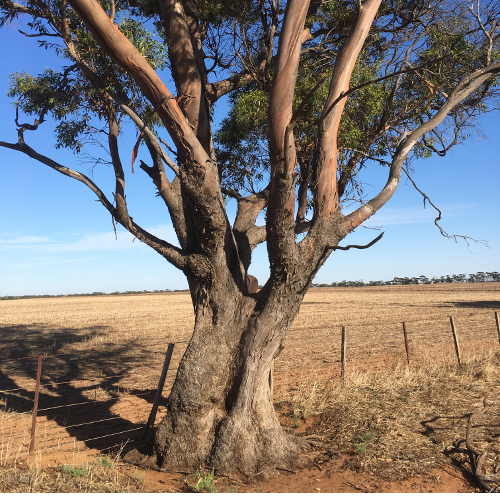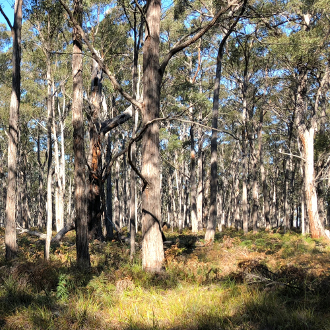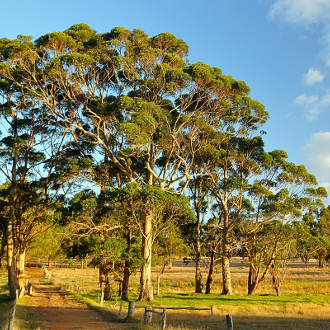Steps to Minimise Delays and Unexpected Costs Related to Native Vegetation Clearing Regulations
Reproduced courtesy of the VPELA Revue, June 2018 edition. (Victorian Planning and Environmental Law Association).
In December 2017 the Department of Environment, Land, Water and Planning (DELWP) released updated guidelines for the assessment of native vegetation clearing in Victoria. Whilst the purpose of the new guidelines remains unchanged, and the approach to assessing native vegetation impacts continues as before, it is important for proponents to be aware of several changes that are likely to impact project timelines and costs.
Under the new regulations, any planning permit application to remove, destroy or lop native vegetation - outside of the Biodiversity Conservation Strategy (BCS) area - must now comply with the application requirements in Guidelines for the removal, destruction or lopping of native vegetation (new guidelines). The new guidelines replaced the Permitted clearing of native vegetation: biodiversity assessment guidelines (old guidelines), which many consultants, environmental planners and developers would be familiar with.
The new Guidelines continue to strive to ensure there is a no net loss to biodiversity through the implementation of a three-step process of avoid, minimise and offset, but some of the changes may increase project delays and costs.What You Need to Know
- Permit applications still fall under one of three pathways (renamed to Basic, Intermediate and Detailed) depending on the extent and location of native vegetation to be removed.
- It is more likely that permit applications will fall under the highest-risk pathway (Detailed) due to the clearing threshold being lowered to 0.5 hectares from 1 hectare.
- Projects are more likely to trigger offsets that are harder to source. Habitat modelling for rare and threatened species has been updated, and this is probably the most significant change. Any application to remove native vegetation that exceeds a certain threshold of modelled habitat for a particular species, must secure an offset that supports modelled habitat for that species. New modelling in combination with more applications falling under the Detailed pathway, is likely to result in the requirement for a greater number of offsets for rare and threatened species (Species Offsets) than under the previous Guidelines. In our experience, this has sometimes translated to project delays - or even projects not proceeding - if Species Offsets are not currently available or possible to source.
What You Can Do
- Understand the new terminology. There are minor terminology changes that may cause confusion. For instance, Location Risk which was previously classified as A, B or C, is now 1, 2 or 3. Low, Medium and High-risked based Pathway has been replaced by the Basic, Intermediate and Detailed Assessment Pathway. Strategic Biodiversity Score is now Strategic Biodiversity Value Score. Offset units are calculated in Habitat Units where previously they were Biodiversity Equivalence Units, while offsets for rare and threatened species have changed from Specific Offsets to Species Offsets.
- Ensure all practical efforts have been made to avoid and minimise impacts to native vegetation. Council will not grant a permit until appropriate avoidance and minimisation has been demonstrated. DELWP are also a recommending referral authority for all applications under the Detailed assessment pathway.
- Identify possible offset requirements early on. As a registered Over-the-Counter offset broker with DELWP, Ecology and Heritage Partners can confirm that there are a limited number of species that have offset credits available to purchase. Projects are more likely to be delayed under the new Guidelines due to a lack of availability of Species Offsets.
- Transitional provisions may apply to the benefit of your project. Transitional provisions under Clause 52.17-6 of the Victorian Planning Provisions, determine if a permit application, yet to be approved, can be considered under the old guidelines. If you can demonstrate that a permit application is or was being prepared prior to the changes taking effect, and your project would be better off under the old guidelines, the application may be considered under the old guidelines.
- Seek expert ecological advice during the feasibility stage. Identifying impacts to native vegetation early on that may cause delays and increase costs, allows time to change the project design to avoid triggering the Detailed assessment pathway or a Species Offset. This also builds in time to approach land-owners that may have land suitable for a Species Offset, or alternatively apply to DELWP to have habitat modelling changed. However, both these options take time (typically at least six months for a small project) and are not always successful.
- Understanding these changes and following a collaborative approach between proponents, key experts and authorities from early in the project life, goes a long way to achieving a smoother project outcome.
Further Information
For more information about the Guidelines, or to discuss the potential implications for your projects, please contact our team on 1300 839 325.
